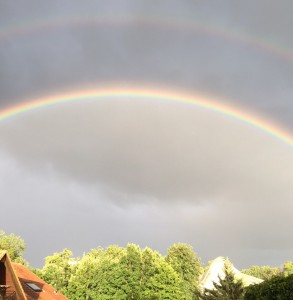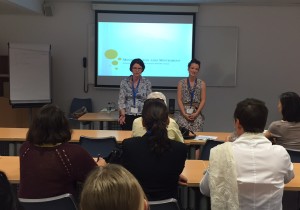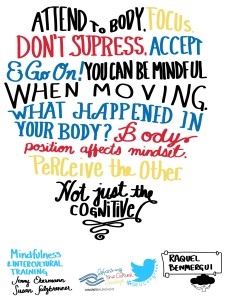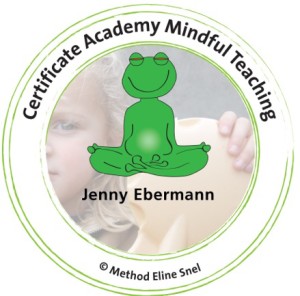 How many people among you still read books? Or do you prefer reading your favourite magazines and authors on mobile devices? I must say that I still love holding a hard copy in my hands that I can feel, smell, touch…. Especially when entering an old library and imagining all the work that went into writing, drawing, updating the manuscripts and books, I feel very humble and at the same time interested and eager to sit down and sink into this atmosphere of knowledge, fantasy, thoughts….
How many people among you still read books? Or do you prefer reading your favourite magazines and authors on mobile devices? I must say that I still love holding a hard copy in my hands that I can feel, smell, touch…. Especially when entering an old library and imagining all the work that went into writing, drawing, updating the manuscripts and books, I feel very humble and at the same time interested and eager to sit down and sink into this atmosphere of knowledge, fantasy, thoughts….
Today, we are living in a digital world, where everybody can share everything, become a journalist, producer, filmmaker right out of their living room and live wherever they might be. Children already start having touch pads and smart phones from a very young age onwards and not many of them have actually seen a library from the inside.
 Do they have to? No, I guess… it all depends on how you consume digital media, how much space you leave for just being and opening up for creativity and innovation.
Do they have to? No, I guess… it all depends on how you consume digital media, how much space you leave for just being and opening up for creativity and innovation.
As I travel through Europe and work with people from many different backgrounds and industries, I notice the same pattern: people feel overwhelmed, not “human” anymore, constantly reminded that they should be responding, checking, scrolling, informing, texting… you find people sitting in restaurants, tubes, buses, bars that don’t speak to each other but prefer sending out messages to their online “friends”. News, pictures, videos are volatile, replaced by a stream of newer, nicer, cooler images and texts every second. Social media spread information mostly without checking if the source of the information is actually credible.
Are you also constantly connected, on the run, hasting through your different activities?
Do you jump up, every time you hear the familiar ‘ping’ sound of your mobile device, indicating that something new came in even when it’s your neighbours phone or device?
Try this: switch off your ring tones, alarms and notices so that you don’t hear anymore when new messages come in! You will already feel somewhat more at ease.
Maybe you are even able to switch off your complete phone or tablet from time to time to allow yourself a brain break.
What do you think and how do you cope?
Jenny















